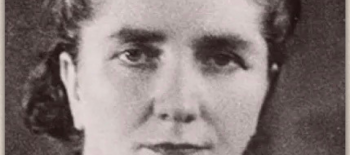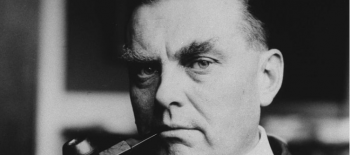August 1, 1944
79th Anniversary of Warsaw Uprising
This year we are commemorating the 79th anniversary of the Warsaw Uprising. Join the Poles at 5 PM CET/11 AM ET for one minute of silence—symbolizing the ‘W’ Hour, “the codename for the date and time that began Operation Tempest in German-occupied Warsaw, and hence the Warsaw [Uprising].”—Wikipedia
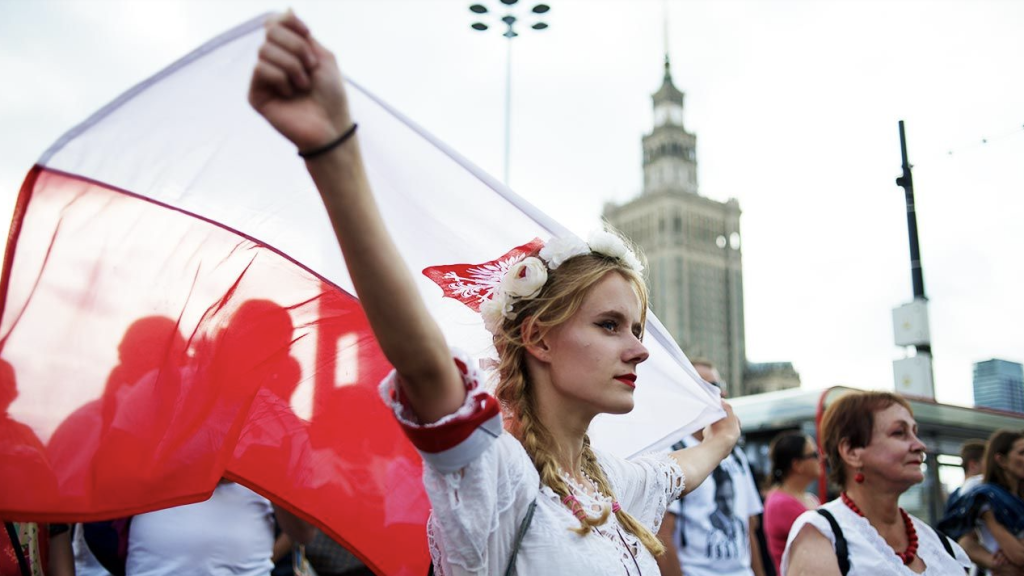
“1 August 1944, a vital date in Poland’s history, the Polish Home Army, a non-Communist underground resistance movement, initiated the Warsaw Uprising – the largest military effort undertaken by resistance forces to oppose German occupation during World War II – to liberate the city from occupation and to reclaim Polish independence.”—Culture.pl
For continued explorations we invite you to view the image gallery that Culture.pl have put together. Gathering the most important photographs of the Warsaw Uprising. Photographs are from the album The Warsaw Uprising – Image Gallery.

When in Warsaw, do not forget to visit the phenomenal Warsaw Uprising Museum (Muzeum Powstania Warszawskiego). “The Warsaw Uprising Museum was opened on the 60th anniversary of the outbreak of fighting in Warsaw. The Museum is a tribute of Warsaw’s residents to those who fought and died for independent Poland and its free capital… The exhibition depicts fighting and everyday life during the Uprising, keeping occupation terror in the background. Complexity of the international situation at the time of the Uprising is portrayed, including the post-war years of the Communist regime and the fate of Insurgents in the People’s Republic of Poland (PRL). With the total area of more than 3000 m2, 800 exhibition items, approximately 1500 photographs, films and sound recordings, history of the days preceding the Uprising is told. Visitors are guided through the subsequent stages of the Uprising until the time when the Insurgents left Warsaw. Their further fate is also portrayed.”—www.1944.pl

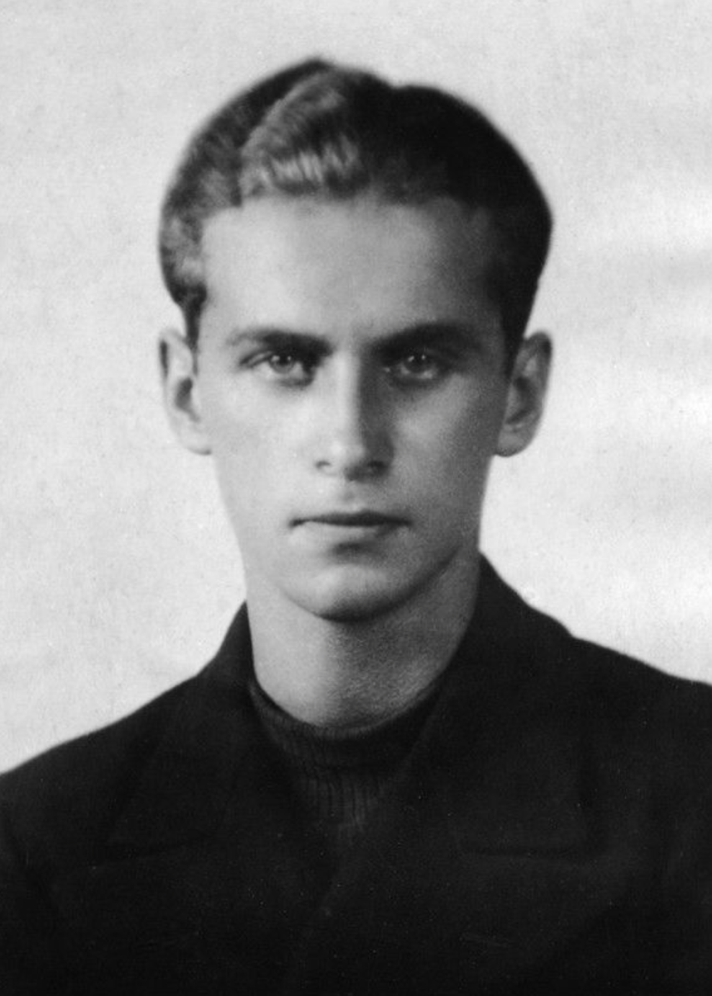
Baczyński, a romantic fighter for freedom
Polish Poetry Unites
Watch on our YouTube channel
Warsaw Uprising Memorial Day also reminds us of one of the heros, Krzysztof Kamil Baczyński was killed on the 3rd day of the Uprising in the center of Warsaw. During World War II, Baczyński was an active participant in the Polish resistance movement. This did not prevent him, however, from developing his passion for lyricism. He is one of the most important Polish Poets of the 20th century, however, he is not widely known in the USA, as he is very difficult to translate. Regretfully, says Edward Hirsch. In the short documentary film, which follows Edward Hirsch’s introduction, an engineer, Anna Kurkowska-Mielczarek is featured, talking about her life in the context of Baczynski’s poem—“A Poet’s House”—a fragment of his poetic novellas called The Poet’s Wedding. Image: Krzysztof Kamil Baczyński, reproduction by: Andrzej Szypowski/East News. Image source: Culture.pl.
To learn more about the events of August 1, 1994, we recommend the book by Miron Białoszewski, A Memoir of the Warsaw Uprising. Tr., intro., and notes by Madeline G. Levine. New York: New York Review Books, 2015. Białoszewski published A Memoir of the Warsaw Uprising in 1970, recounting in fragmented, anti-heroic language, the civilian experience under German bombardment, challenging the Romantic narrative of the Uprising as it was generally conceived. To learn more about the author we encourage you to listen to the Encounters with Polish Literature episode about Miron Białoszewski with Joanna Niżyńska, hosted by David A. Goldfarb.
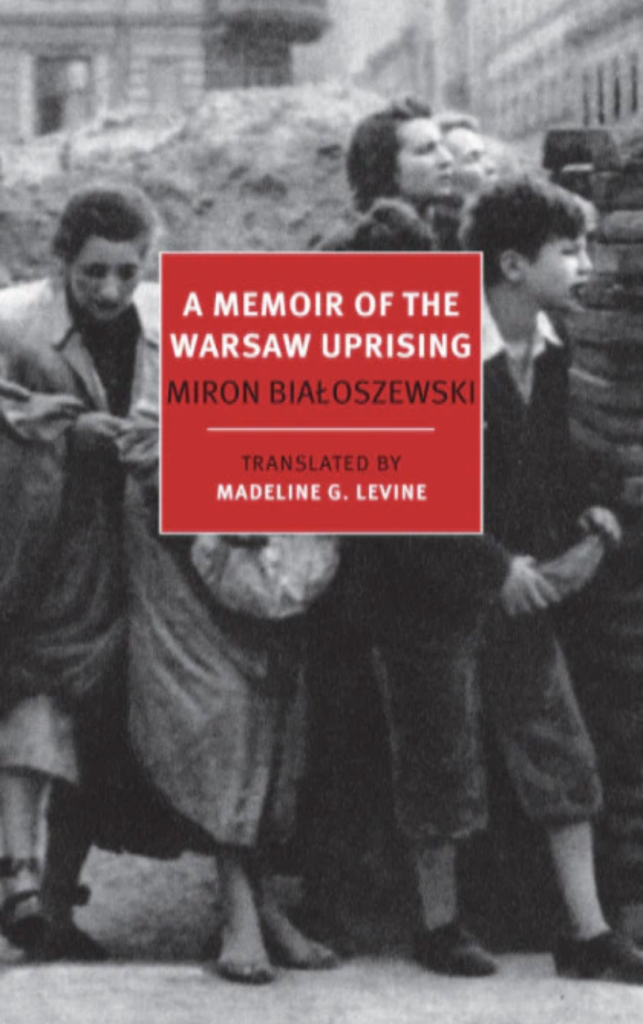
“On August 1, 1944, Miron Białoszewski, later to gain renown as one of Poland’s most innovative poets, went out to run an errand for his mother and ran into history. With Soviet forces on the outskirts of Warsaw, the Polish capital revolted against five years of Nazi occupation, an uprising that began in a spirit of heroic optimism. Sixty-three days later it came to a tragic end. The Nazis suppressed the insurgents ruthlessly, reducing Warsaw to rubble while slaughtering some 200,000 people, mostly through mass executions. The Red Army simply looked on.”—New York Review Books
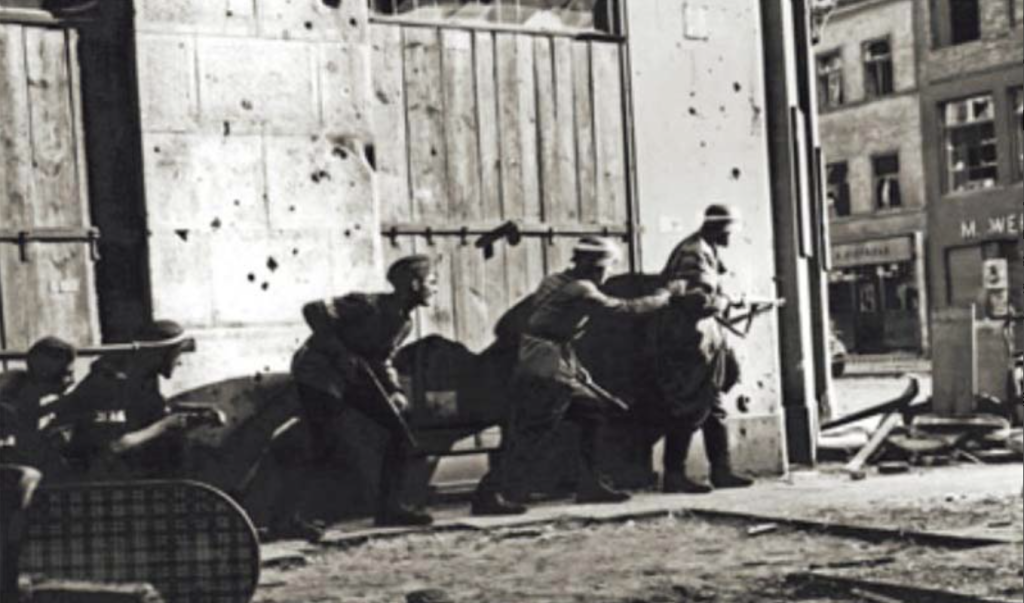

Film Brave Bunch. Warsaw Uprising through Children’s Eyes
When the Warsaw Uprising started in 1944, thousands of children lived in the city. Here are the stories of those who survived. Hybrid documentary Brave Bunch tells the story of a heroic and tragic 63-day strugle to liberate Warsaw from Nazi German occupation during World War II from a perspective of children.
In Brave Bunch a group of children run through the streets of modern-day Warsaw; the city their playground. One of them spies a discarded journal and they are transported back to August 1944. As the children enter the Warsaw Uprising Museum, the exhibits soon step out of the past. Based on fact, with a sprinkling of magic realism and driven by the children’s curiosity, Brave Bunch. The Uprising through children’s eyes relates tender, often moving accounts of those who witnessed the uprising as children themselves, drawing a line between past and present with playful dexterity. Source: www.fajnaferajna.pl/en







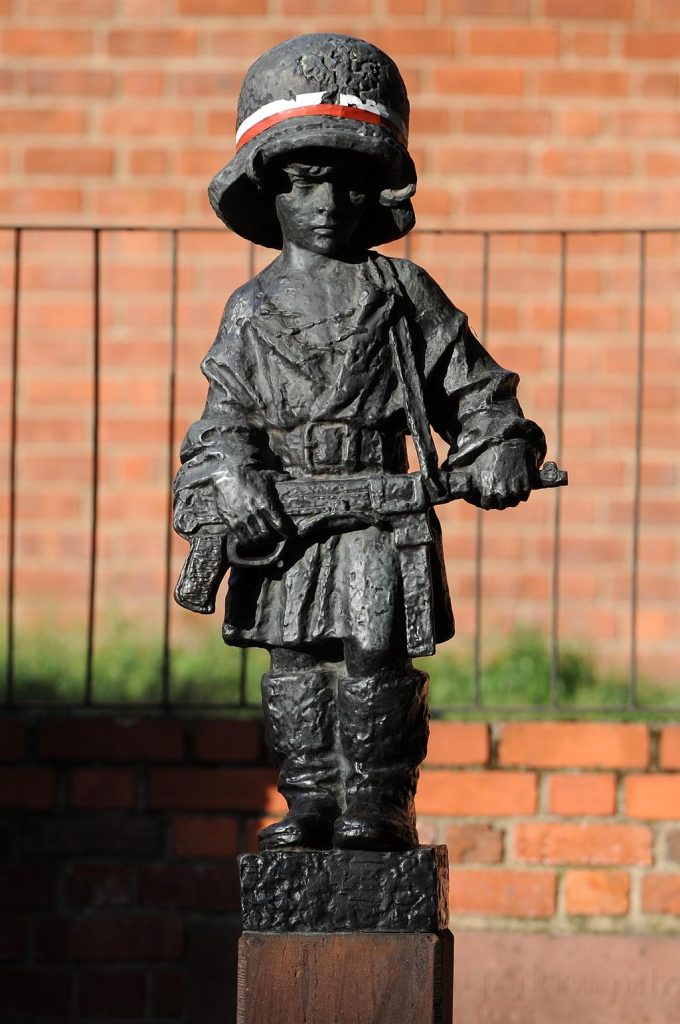
Image: Explosion of a 600 mm calibre missile fired from the Karl-Mörser Gerät 040 mortar at the Prudential Insurance Company building at 9 Napoleona Square (now Powstańców Warszawy Square). In the foreground, there are ruins of buildings on Świętokrzyska Street. A shot from the tenement house at ul. 28 Kopernika St. towards the west, 28 August 1944, photo: Sylwester Braun ‘Kris’ / Warsaw Uprising Museum. Source: Culture.pl.

